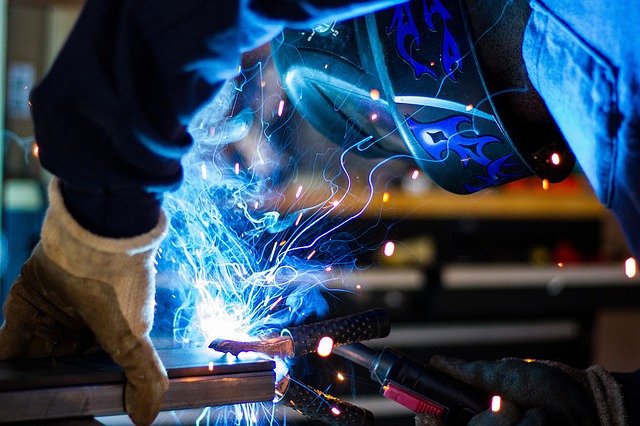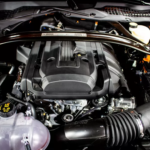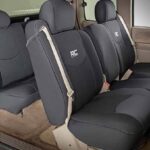Sometimes, to carry out certain household tasks, we need to solder some parts and we think about calling an expert to fix the problem. But, if you dare to solve the question with your own hands, just get the tool and learn what types of welding exist and how you have to do them so that your work has professional quality.
What is a weld?
Welding is the process by which two pieces of metal can be joined by using extreme heat and, in some cases, through the addition of other metals or gases. Thanks to soldering accessories, the metallic structures of the two pieces are joined and become one.
During this fusion process, this filler material is used to achieve the weld pool, which, when cooled, will become a fixed joint. Then, the welded joint needs protection for the filler materials and thus prevent them from being contaminated or oxidized.
Types of welding
There are several different welding methods, including spot welding, metal inert gas (MIG), and tungsten inert gas, which are forms of gas metal arc welding, and electric welding, to name a few. A MIG welding machine is often being compared to TIG machines. You can know more about the differences in BestOfMachinery. Bob Robinson writes a very comprehensive guide on power tools and machines.
Welding can be done even underwater. We are going to do a review of the most used types of welding, how they are made and what they are used for.
Electric arc welding
It is the most basic method and the easiest to master. It is faster due to the high concentration of heat that is generated. In this particular type of welding, an electric current is used to form an electric arc between the bar and the metals that we want to join.
What it does is achieve the fusion of a metal at a high temperature by using a potential differential of the electric current. The electrons are transported through a rod called the “electrode” to the parts to be welded.
This type is often used in the construction of steel structures and in industrial manufacturing to weld iron and steel.
Autogenous welding
It is a type of fusion welding, which is also known as oxy-fuel or oxy-acetylene welding. The process is generated by the combustion of oxygen-acetylene gases, which results in a flame that is directed by a torch. The intense heat from the flame melts the surface of the base metal to form a single cast piece.
With this method, it is possible to weld with or without filler material (this is only added if it is necessary to cover gaps). To weld, the torch is moved along the joint, the base metal and the filler metal, which solidify and produce a solid bead.
- Semi-automatic welding
It is a type of arc welding under shielding gas with a consumable electrode. An electric arc is generated between a wire that is fed continuously and the pieces to be welded. Arc protection is affected by an inert gas (MIG) or by an active gas (mag).
- Metal gas arc welding
It uses an inert gas as a protector along the wire electrode, which heats the two metals that we want to join. This method requires a constant voltage and a DC power supply. It is the most common industrial welding process.
- Flux Core Arc Welding
This type of semi-automatic arc welding is often used in construction projects, thanks to its high welding speed and portability.
Gas Tungsten Arc Welding
Commonly used for welding thick sections of stainless steel or non-ferrous metals. It is also an arc welding process that uses a tungsten electrode to produce the weld. This process is much more time-consuming than the others and is much more complex.
Welding equipment
Although it is a task that is not risky, if the appropriate precautions are not taken, there is a risk of causing inconveniences that can seriously affect the health of those who are working. If you are going to weld you have to respect the safety regulations and use the corresponding equipment.
We put together a list of safety equipment for welding and precautions that you must take into account to avoid injuries:
- Wear long-sleeved welding gloves. Its main function is to protect you from projections that could jump from the material you are welding, as well as to protect your hands and arms from the convective heat of the welding machine.
- Wear eye protection. Remember that for arc welding it is advisable to use a much darker lens than for gas welding.
- Wear an apron made of the same material as the gloves.
- Use Technik tweezers to hold thing
- Keep a suitable Class ABC fire extinguisher nearby while welding.
- Keep work area clean and free of flammable materials and obstructions.








